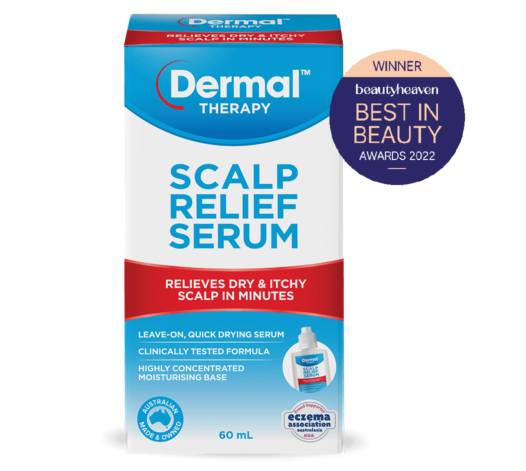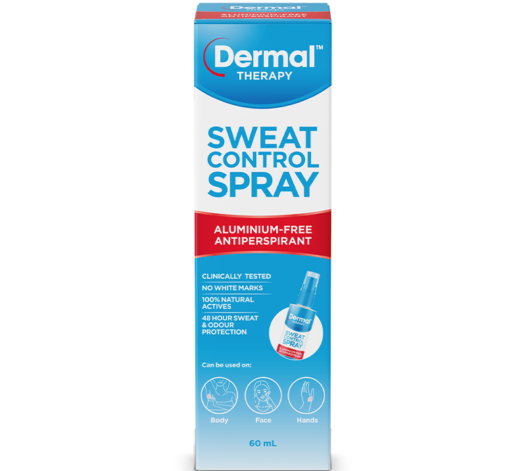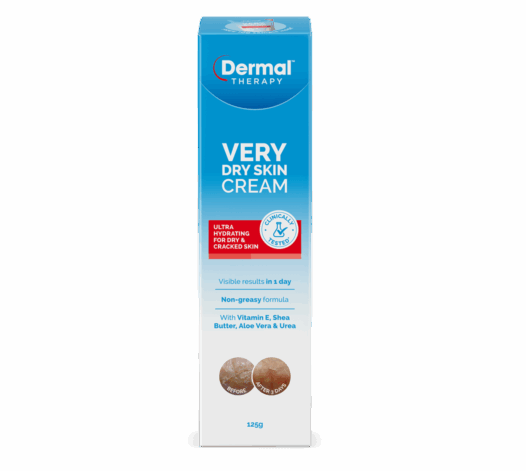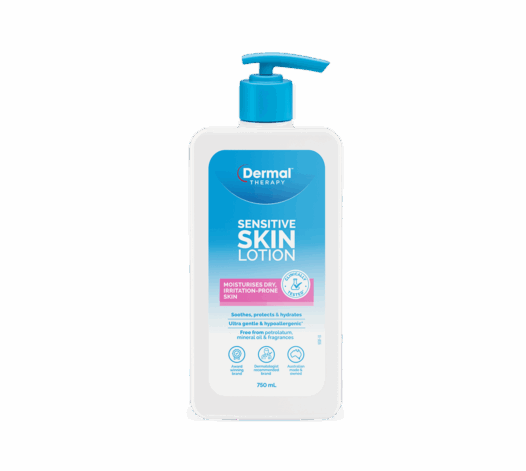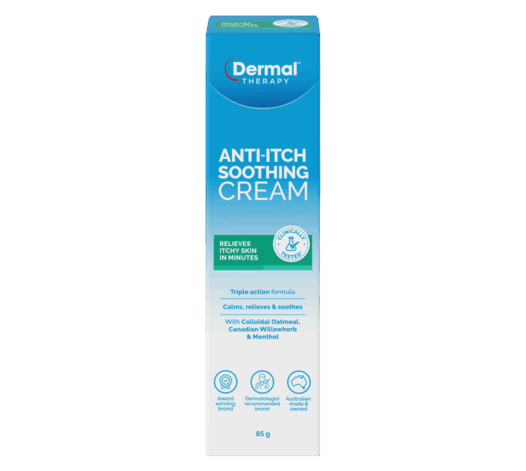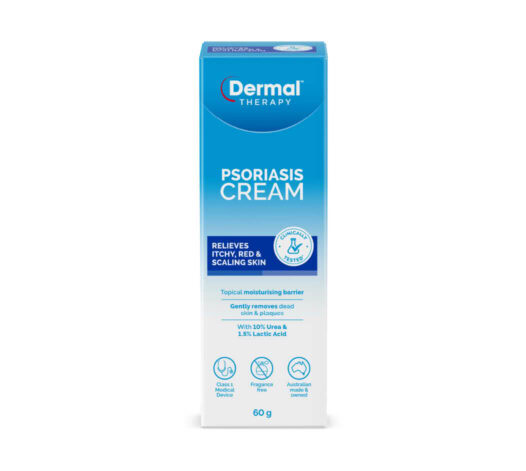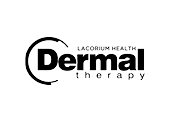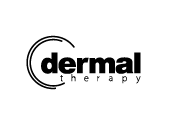Tackling Skin Changes in Perimenopause

Area
Daily UseKey Takeaways
- Perimenopause skin changes often start in your 40s. Expect dryness, sensitivity, and reduced elasticity as estrogen declines.
- Keep routines simple. Use a gentle hydrating cleanser, add moisture at every step, wear SPF, and avoid wipes and hot showers.
- Consider options like MHT with your GP. Support skin with hydration inside and out, and choose fragrance free, sulphate free products such as Dermal Therapy Very Dry Face Cleanser, Very Dry Face Cream and Very Dry Skin Lotion.
Lucy has over 22 years’ experience in the beauty industry and has spent the last few years learning first-hand about perimenopause skin changes. In this piece, she shares what actually helped and what to skip.
Oh, hi perimenopause in my early forties! And there was me thinking this was something that would happen in my early 50’s, would include a few hot flushes here and there and maybe a few mood changes. Oh, how wrong I was!
For a start, changes started to happen for me at the age of 41 (I’m now 47). Super early I thought, but as I now know, perimenopause can start as early as 35 and so 41 is not uncommon. As this stage of life hit me hard and unexpectedly, my knowledge in this area was very limited so it suddenly became my life’s mission to educate myself on every aspect of it. I needed to know everything about this stage in my life that can on average last for up to 10 years, and all the things that I could do to make things better for myself.
One of the most alarming things I found out – and also experienced – was that it wasn’t just about hot flushes – as boy oh boy there are literally another 101 symptoms that I had no idea about – such as:
- Dry itchy eyes that weep as though I’m crying!
- Appalling sleep – hello 3am – every s.i.n.g.l.e morning!
- Vertigo that feels like morning sickness! Who would have thought?
- New food allergies – there goes my love of onion and garlic!
- Tinnitus (that’s ringing in your ears for those that don’t know) – yep, that too!
- Achey joints – even without those F45 burpees that I used to love!
But one of the symptoms that has rattled me – and has sucked the most – is the changes to my skin. You see, when you hit this perimenopausal time in your life, estrogen levels decline, and I had no idea how important this wonder hormone is for your skin! Here is a summary of what happens:
- Dryness and itching: Estrogen helps skin retain moisture, so its decline can lead to dryness and super sensitivity
- Loss of elasticity and sagging: Lower estrogen levels mean less collagen production, which can cause skin to become thinner, lose firmness, and sag. This stat is NOT my friend!
- Fine lines and wrinkles: The reduction in collagen and hydration makes fine lines and wrinkles more noticeable
- Sensitivity and redness: Hormonal shifts can increase skin reactivity, leading to irritation, flushing, and conditions like rosacea
- Pigmentation changes: You may see an increase in dark spots (age spots) or an uneven skin tone due to hormonal impacts on melanin production.
- Acne: Some women experience breakouts during this time. Thankfully, this has not hit me…yet!
- Slowed wound healing: The skin’s barrier function is compromised, which can slow down the healing of cuts and scrapes. So true – I constantly have a band-aid somewhere on my body these days!
So, you see, this lack of estrogen business has a lot to answer for when it comes to skin, so what can we do about it? These are my top tips:
- MHT (Menopausal Hormone Therapy) – it’s not for everyone and of course consult your GP or specialist, but I have chosen this path because of the other amazing benefits that it gives me such as helping to keep my heart healthy, prevent cognitive decline and keep my bones strong, but the knock-on effect of adding more estrogen into my body has worked to improve my skin texture and elasticity
- Keep things simple – having worked in the beauty industry for the past 25 years, I love my skincare and have used every product under the sun, but this has changed for me over the past five years because my skin just can’t handle too many products anymore. So, keep the steps simple – opt for a great cleanser that you can use both morning and night (step forward the Dermal Therapy Very Dry Face Cleanser – it’s the best!), have a few days a week that you don’t use actives and use products that are fragrance and sulphate free if you can. A game changer for me is also using a super luxe cream that is specifically made for overnight use. I’m loving the new Overnight Face Repair from Dermal Therapy. I’m now onto my 4th tube since its launch only a few months ago! My skin is so plump and hydrated when I wake up…it would definitely be one of those top products I couldn’t do a deserted island without!
- Wipes are for flights and festivals guys! Repeat after me – I will never use wipes on my face unless there is a dire emergency. They will impair your skin barrier and remove moisture and not add any back into it. Use a super gentle but hydrating cleanser. I have no more to say on this matter J
- Hydration is key – I have never known my skin to look and feel so dry. For this reason, I opt for super hydrating products at every step of my skincare game. In the mornings, I use a hydrating cleanser, a hydrating mist, a hydrating moisturiser and never ever skip sunscreen! Oh, there goes another symptom – you may become super sensitive to the sun rays because I know have all of a sudden
- Avoid hot showers – it will only dry your skin out further. But, if you are anything like me and love to jump into the steam before bed, make sure you follow with lashings of a super-rich and hydrating body moisturiser that will help to lock that moisture in whilst you sleep. I LOVE the Dermal Therapy Very Dry Skin Lotion
- Drink water – boring I hear you say, but it’s age old – hydrating from the inside out is essential. It of course has so many benefits, but for perimenopausal dry skin symptoms it really helps to lubricates the joints, plumps skin and it’s great to keep brain fog at bay
- Take collagen – consistency is key here but keep it somewhere where you remember to take it every day. I use a collagen creamer that you can add into coffee or tea so it has become part of my everyday morning ritual and so I don’t forget. It’s definitely helped to keep my skin more supple and help with my previously very dry and cracked fingernails

